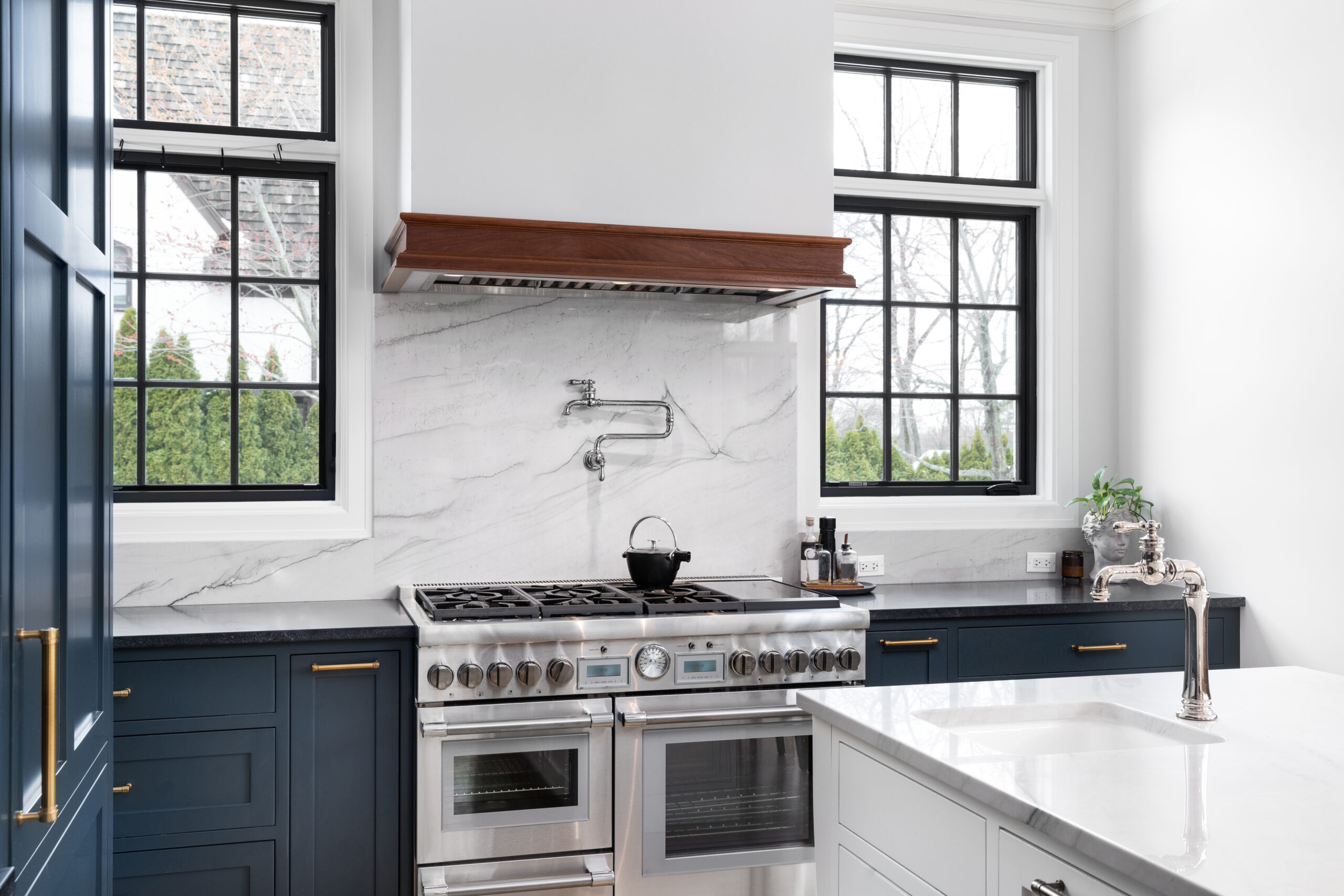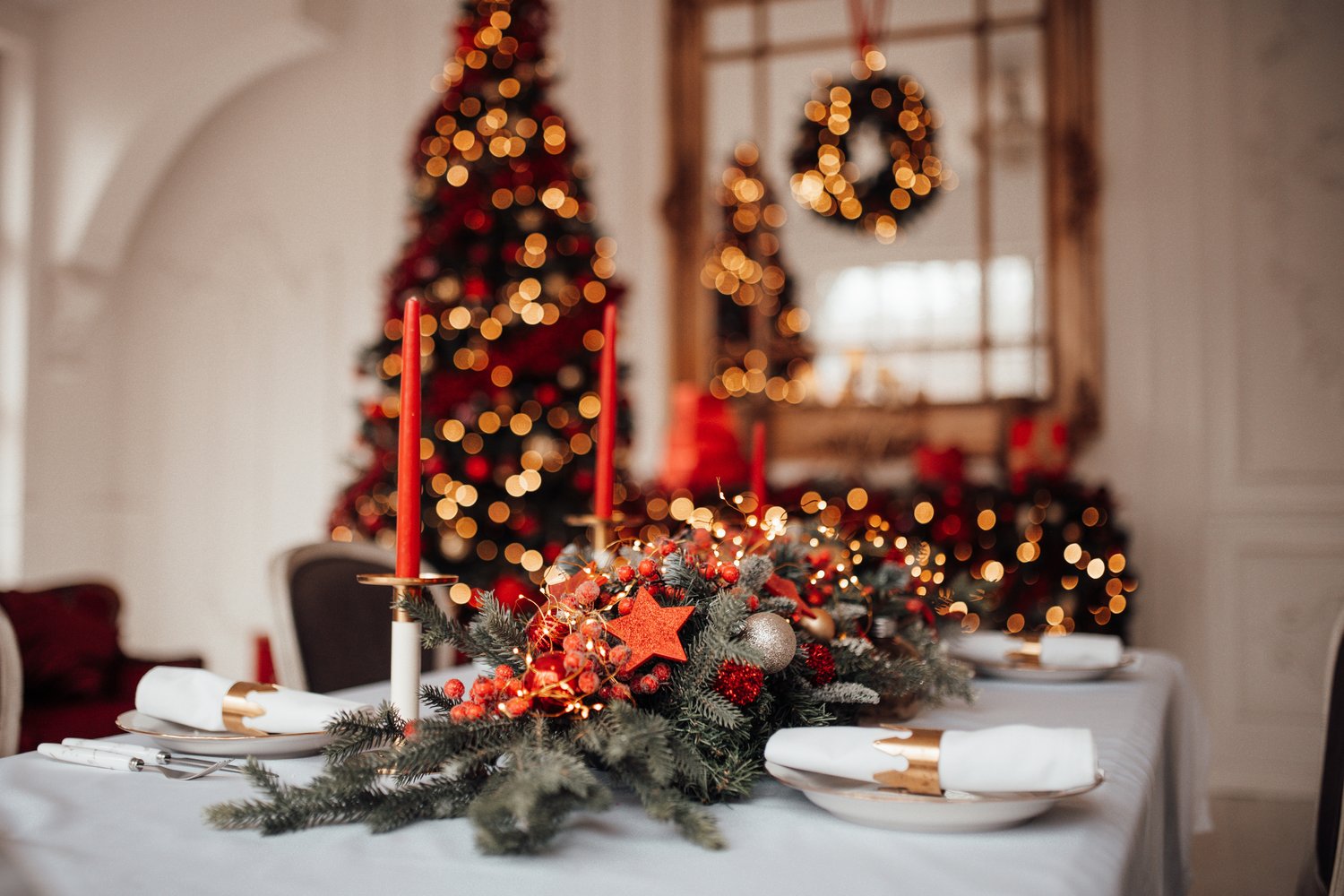The kitchen backsplash serves as both a practical barrier against splashes and stains and a stylistic focal point that can transform your entire kitchen aesthetic. Whether you’re planning a complete kitchen renovation or simply refreshing your current space, selecting the right backsplash material and design is crucial for achieving your desired look. This article explores various kitchen backsplash ideas, from traditional tile patterns to innovative modern kitchen splashback options, along with practical installation advice for both professional and DIY backsplash installation projects.
Popular Backsplash Materials
When exploring kitchen backsplash ideas, the material you choose forms the foundation of your design. Ceramic tile remains the most popular option due to its versatility, durability, and cost-effectiveness. Available in countless colors, shapes, and sizes, ceramic tiles can accommodate virtually any kitchen style. Porcelain, a denser variant of ceramic, offers enhanced durability and water resistance, making it ideal for busy kitchens.
Natural stone backsplashes, including marble, granite, and travertine, bring organic texture and unique patterning to kitchen designs. Each stone slab features one-of-a-kind veining and color variations, creating a truly distinctive tile backsplash design. While more expensive and requiring regular sealing, stone backsplashes provide unmatched elegance and timeless appeal.
For contemporary kitchens, glass backsplashes have gained tremendous popularity. These modern kitchen splashback options reflect light, enhancing brightness while creating a sleek, sophisticated appearance. Glass tiles can be transparent, translucent, or opaque, and many feature metallic accents or iridescent finishes that add dimension and visual interest.
Metal backsplashes, including stainless steel, copper, and tin, offer industrial charm and exceptional durability. These materials coordinate beautifully with modern appliances and can be installed as solid sheets or individual tiles. Some metal options develop a natural patina over time, adding character to your kitchen design.
Trending Backsplash Styles and Patterns
Beyond material selection, the arrangement and pattern of your backsplash significantly impact your kitchen’s overall look. Traditional subway tiles—rectangular tiles typically installed in a horizontal brick pattern—remain enduringly popular for their clean, classic aesthetic. However, designers are increasingly installing these versatile tiles in herringbone, vertical, or basket weave patterns to create more visual interest.
Geometric tile backsplash designs have emerged as a contemporary favorite, with hexagons, diamonds, and arabesques offering distinctive alternatives to standard squares and rectangles. These shapes can be arranged in monochromatic schemes for subtle sophistication or bold color combinations for dramatic effect.
For those seeking a cohesive look, full-height backsplashes that extend from countertop to ceiling create a seamless, striking feature wall. This approach works particularly well behind range areas or when incorporating a modern kitchen splashback made of dramatic materials like book-matched marble or backlit onyx.
Textured backsplashes add dimension through physical relief patterns or visual techniques. Three-dimensional tiles, handcrafted ceramics with intentional irregularities, and tiles with embossed patterns create shadow play that brings walls to life. As noted by design experts at AskHomey, these textured elements add character while maintaining practicality in the kitchen environment.
Installation Considerations
Before embarking on a backsplash project, proper planning is essential. Measure your space accurately, calculating square footage while accounting for outlets, switches, and appliances. Purchase approximately 10% extra material to accommodate cuts, breaks, and potential future repairs.
Professional installation ensures precision, especially with complex patterns or delicate materials. However, many homeowners successfully complete DIY backsplash installation projects with proper preparation. The key to successful DIY installation lies in thorough surface preparation—ensure your wall is clean, smooth, and primed appropriately for your chosen adhesive.
For tile installations, proper spacing and alignment are crucial. Use tile spacers to maintain consistent grout lines, and employ a level frequently to prevent gradual shifting that becomes more noticeable as the installation progresses. Cutting tiles accurately around outlets and fixtures requires patience and specialized tools like wet saws or tile nippers.
When selecting grout, consider both color and type. Contrasting grout emphasizes the tile pattern, while matching grout creates a more seamless appearance. Epoxy grouts offer superior stain resistance compared to traditional cement grouts—an important consideration for kitchen environments where splatters are inevitable.
Maintenance and Longevity
The practicality of your backsplash depends largely on maintenance requirements. Non-porous materials like glass and porcelain require minimal upkeep, typically needing only regular wiping with standard kitchen cleaners. Natural stone and unglazed ceramics require periodic sealing to prevent staining and moisture absorption.
Grout lines often become the most maintenance-intensive aspect of any tile backsplash design. Sealing grout after installation and periodically thereafter helps prevent discoloration. For kitchens where cooking splatters are frequent, selecting darker grout colors or stain-resistant formulations can minimize visible wear over time.
With proper installation and maintenance, a quality kitchen backsplash can last decades while continuing to enhance your kitchen’s functionality and aesthetic appeal. When selecting materials and designs, consider not just current trends but the long-term compatibility with your kitchen’s overall design scheme.
For more tips and to connect with reliable home service professionals, follow AskHomey on Facebook and Instagram.



